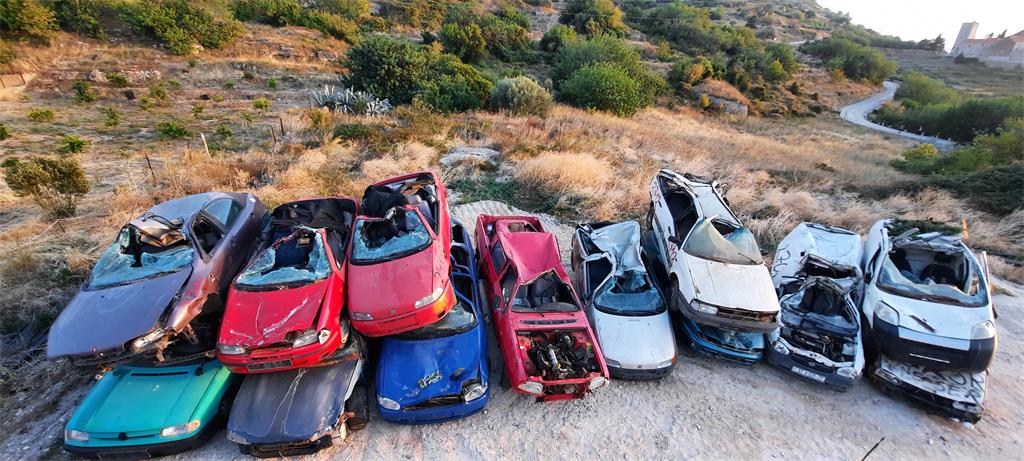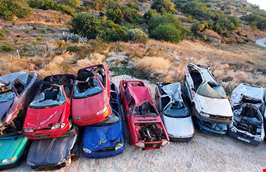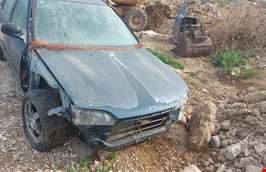26.10.2022.
As usual, this autumn the Fund organised the drive for the removal of car wrecks from Croatian islands, with the last one held today in Komiža on Vis Island.“The removal of car wrecks from the island of Vis marked the ending of this year’s eco-drive organised by Fund that includes local self-government units from six Croatian islands. Around 30 derelict cars that were dumped into the environment containing substances harmful to the environment and human health were handed over to licensed collectors,” said Zvonimir Majić, the head of the Sector for the management of special categories of waste at the Fund, adding that another aim of such drives was to educate the public about the proper disposal of this type of waste. “There is no need to dump old cars in the environment or to have them rusting for years in the yards, because all can be solved with a single phone call to the licensed collector. In addition, the Fund pays the holders of such vehicles a fee of one kuna per kilogram of handed over vehicle, provided it is in the integral state,” said Majić.
During September and October, the Fund organised drives for the removal of derelict cars from islands Molat, Iž, Ist, Dugi otok and Korčula. Since the owners of these discarded vehicles are mostly unknown, the Fund devised a programme for the units of local self-governments on islands for the proper disposal of these cars. Jakov Lasić, the manager of this programme, pointed out that the drives implemented so far, which last year included not only islands but national and nature parks, helped to dispose of around 80 derelict cars. In previous actions, some cars had to be pulled out from the sea and lakes, some were removed from the caves or hard-to-access ravines, which required help from speleologists and the Croatian Mountain Rescue Service.
The Fund will continue to improve the system for the management of end-of-life vehicles by promoting sustainable and environmental solutions. After hazardous components are removed from the car wrecks, the metal parts are recycled to obtain a secondary raw material for new products, which is in line with the circular economy goals.








